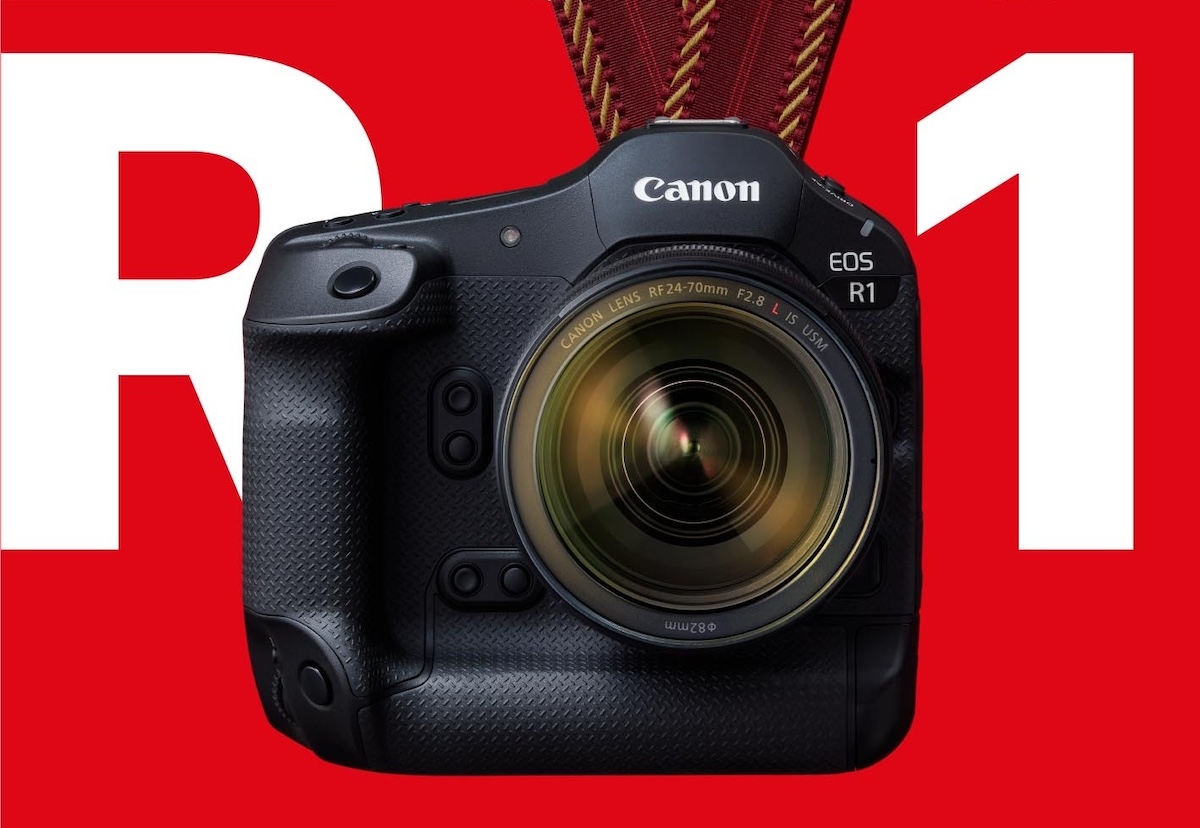What's in a name? Canon stated that the R3 wasn't deserving of the 1-series designation from a technological standpoint. It may be as simple as the cross-type AF that's available in the R1.
If you look at the big picture, it seems likely that the R3 is a one-and-done model. Canon could stop R3 production, keep it in the lineup as long as they units to sell, then discontinue it. There are many improvements in the R1 compared to the R3, but there are also many similarities between the two cameras. YouTubers will say the R1 is an R3 II to get clicks. The reality is the R1 arrived right on schedule as a mirrorless successor to the 1D X III. I'm not convinced there's a place for the R3 in the ongoing lineup. Time will tell.
The only importance that comes associated with the name is knowing that this is likely a camera that will not be replaced for another 4 years. Is it future proof for the next 4 years? That I do question. I had a lot of hope for some major technology leap in the camera like the rumored DGO sensor. We could always end up seeing a higher resolution R1S at some point, but it's clear that Canon wanted to create a camera that had minimal processing, buffer, and performance limitations/compromises as possible. Everyone asks "why only 24mp" and that is almost guaranteed to be a result of Canon's current processing capabilities for AF, readout speed, along with in-camera video performance.
I've been very vocal on here that the R3 is the single greatest camera I've ever used or owned in my almost 20-year career. Covering events with 24mp has proven to be the preferred sweet spot for me as well. The R1 has addressed the areas of improvement I wanted to see with the R3. 1.) CLOG2 for video production alongside my C70 (XFAVC is absolute icing on the cake here, as it preserves camera metadata and conventional cinema file names) 2.) Dual CFExpress Type B (not sure why they didn't just give the R1 4.0 capability, but it may already write off the cards fast enough) 3.) New battery (I use up the recharge battery health of 2 LP-E19 batteries a year since switching to the R3! I really wanted to see a new battery technology or larger capacity.) 4.) Quicker sensor readout speed. (I will on occasion get rolling shutter effects in car's exhaust flames, wheels, as well as general softness from some extremely fast moving subjects even when the shutter speed should freeze motion.)
So the R1 brings 3 of those to the plate and keeps soldiering on with the old battery. Oh well...at least I don't have to buy a bunch of new batteries and can interchange with the R3, if I end up keeping one of them. But it sounds like we may be seeing a fairly substantial increase in dynamic range (especially in video) and even greater noise performance than the R3...we'll have to wait and see.
Nikon and Sony have shifted their definition of what their flagship camera is. This has obviously altered the
perception of what many believe defines a flagship camera. Canon doesn't care about that because the photographers they speak to that use these cameras at sporting events around the world and press agencies would all likely say the same thing I've said - 24mp is a good sweet spot. I also think that most people wouldn't be opposed to higher resolution stills (30-35mp)...but that comes at the expense of video sampling performance and the aforementioned processing capabilities.
I think there are certainly photographers that were waiting for this camera's announcement to decide their next move and there will absolutely be photographers that jump ship because they don't want this. I'm sure that Sony looks VERY appealing right now to a lot of people and I wont deny that. You're spoiled for choice in their lineup.
(P.S. I feel horrible for the Nikon camp because they're forced to use high resolution and slower sync speeds on their top camera models...those numbers matter in real world practice.)

